Literature and pub crawl go hand in hand @ Mcr Lit Fest’s Thinkers and Drinkers
November 26, 2018
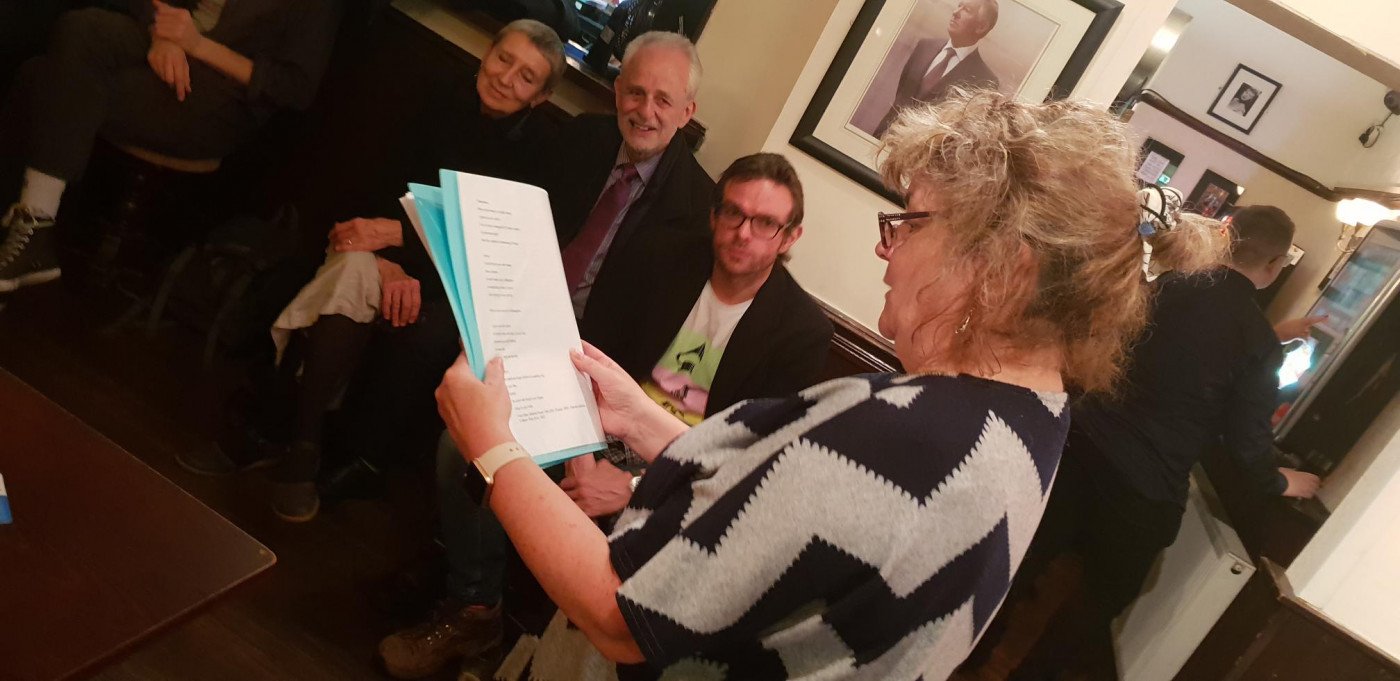
Photo courtesy of Suzanne Hindle @suzannehindletourguide
It’s no secret that most writers are fond of the odd pint or glass of whiskey. Chasing this form of inspiration – the kind found at the bottom of a glass – is a simple pursuit in Manchester. With 1,279 liquor licenses to choose from, the city possesses the highest number of pubs and bars per head in any region. A literature-themed pub tour is, then, an obvious accompaniment to the Manchester Literature Festival.
Far from being limited to bookworms and boozer enthusiasts, the giddy amble is open to anyone who wants to know the city from a different perspective. Participants are guided round spots with historical and cultural relevance to Manchester and its appended literature. In the time span of two hours, our guide Suzanne Hindle led us through three pubs scattered around the city centre, occasionally stopping in non-alcoholic areas of interest. The time spent in each pub was just enough to inhale a pint; less so for the slow sippers like myself. Suzanne’s audience were afforded the time to rest their feet whilst listening to some excerpts of prose or poetry from the region, recited in a proud Mancunian accent. The texts ranged from publications from the 1800s, to breathing, tangible, contemporary poets who have recently adorned the Mancunian Literature Festival.
The pubs visited were themselves as old and historically important as some of these texts. The first, The Old Wellington – colloquially ‘The Old Welly’ – has been around since 1552, ignoring a minor 1998 relocation from its original site near Market Square. One of Manchester’s most important families, the Byroms, used to call the timbered frame home. Within its venerable walls, plans were formulated which eventuated in the city’s first bank, quay, and – most importantly – cotton industry entire. To top it all off, John Byrom (born in The Old Wellington itself) invented an early form of shorthand which is still used today. Here we sat with a pint of ale or glass of Chardonnay, also drinking in depictions what it would have been like to be part of the Literary Club in Manchester during the sixteenth and seventeenth centuries.
Walking to the Church of St Anne’s, we marvelled at the tombs of Thomas De Quincey’s family, observing the misfortune of the celebrated author dying too poor to afford a tomb of similar luxury. He too was born in a pub, but unlike Byrom, De Quincey was a keen opium user who fashioned 1821’s well-known text – “Confessions of an English Opium-Eater”. It was an early account of drug and alcohol abuse and unfortunately not the last.
The second bar where we stopped for a drink was the Vine Inn, a small pub sitting not far from the Manchester Town Hall. Orange Sevilla Gin & Tonic was a much-appreciated free sample, which we had to stop ourselves from guzzling down too fast. Drink in hand, Suzanne read poems and prose by J.B Barrington, Winterson and David Scott – contemporary poets with a Mancunion crack of wit capable of making can make even the most somber listeners spill a laugh.
Before moving onto the final bar, we took a moment in the Central Library’s ‘bubble’ (a sort of annexed patio), to remember those who died in the Peterloo Massacre in 1819. Mosaics depicting cotton flowers serve as commemoration. Aside from Suzanne’s rehearsal of texts by P.B. Shelly and Oliver J. Lomax, what truly captivated the audience’s attention was the third poem, “This is the Place”, by Tony Walsh, read in sections by different members of the group. The same poem was read after the Ariana Grande bombing attack. It reminds anyone who’s ever lived in Manchester that “This is the Place” – to gain a sense of belonging, whether you were born here or not. If ever you need to describe Manchester to anyone, I recommend giving them this poem. It just about reflects all that is great about Mancunians.
As the night drew to a close, we entered the final pub, Sir Ralph Abercromby. This bar has stood witness to a hefty part of Manchester’s history, including the Peterloo Massacre. For a while it was under threat of being torn down, yet local popularity and significance prevailed, stealing it from the looming jaws of modernisation. The lesson here: visit your local pubs.
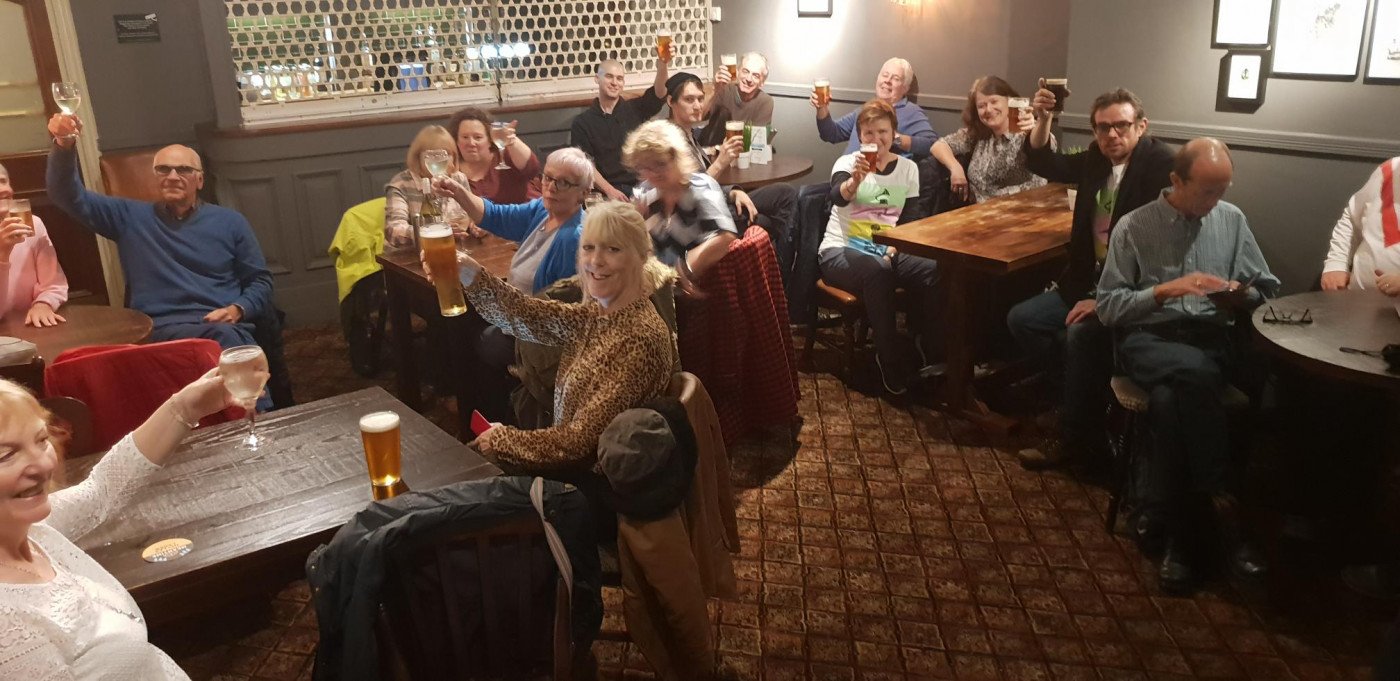
Photo courtesy of Suzanne Hindle @suzannehindletourguide
Having invited her friend from Australia, this final stop was a great way of Suzanne showing him the beauty of English football as well as national ales and poetry. The room which had been reserved for us was a shrine for England’s National football team, each wall adorned with pictures of the team from all generations. Draped over the seats on the left, was a giant English flag, illuminated by cascading fairy lights.
Whether it was because of the time passed together or the pints of beer consumed, by the final bar the group had become tight-knit. The final texts by poets including Carol Ann Duffy, Lemn Sissay and John Cooper Clarke were read by Suzanne and a brave member of the audience. The highlight of this stop was Joy France’s poem “Trump, Trump, Trump”, which was belted with brazen strength across the room by the whole group – a veritable English pub experience.
Happily, there are several literary pub tours during the Manchester Literature Festival, meaning that the groups are of reasonable size, and there’s a wide range of dates to choose from. Whether you’ve just arrived in Manchester or have been living here for the past thirty years, the tour is a great sweep through the secret corners of Manchester’s history, made all the more poignant by the exhibition of regional literature.
Find tours like these and much more on Suzanne’s website or Twitter
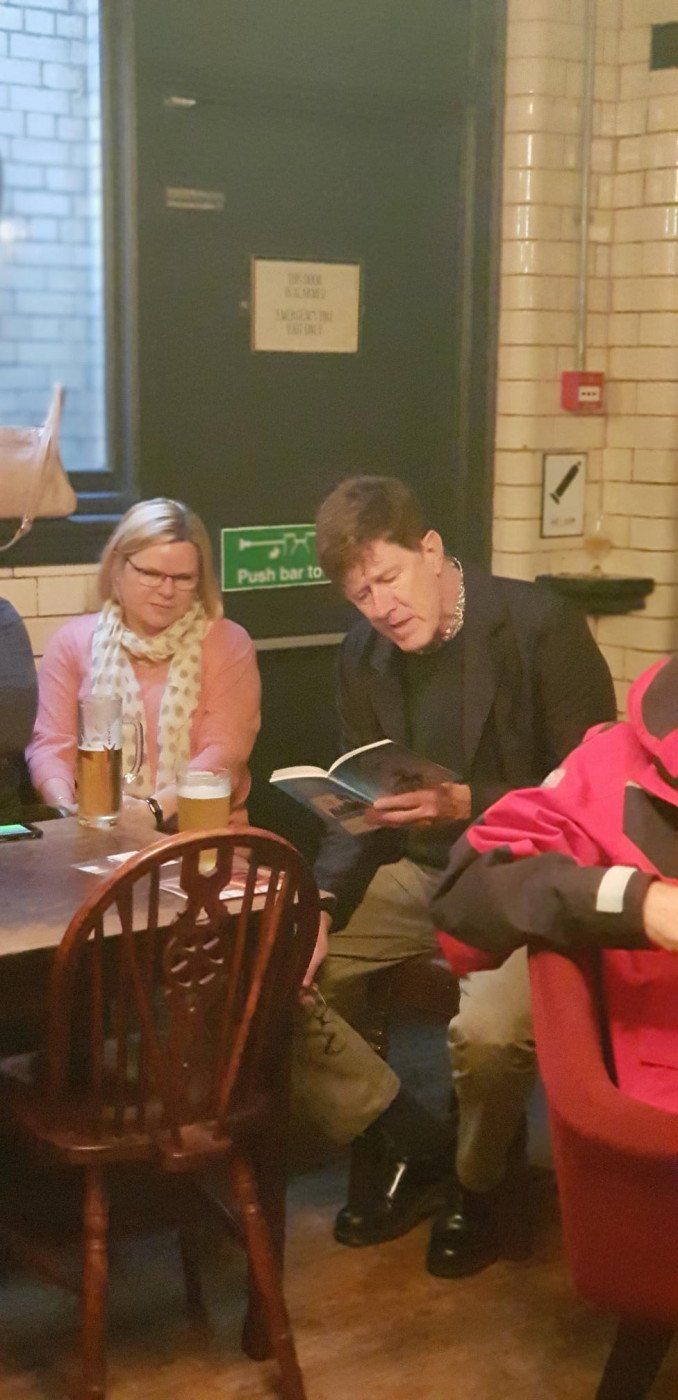
Photo courtesy of Suzanne Hindle @suzannehindletourguide
Filed under: Written & Spoken Word
Tagged with: Manchester pubs, Manchester Tour Guide, MLF, MLF2018, Pub Tour, Suzanne Hindle, Thinkers and Drinkers
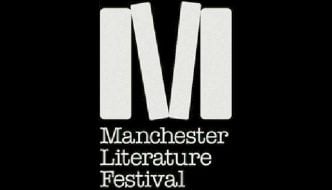
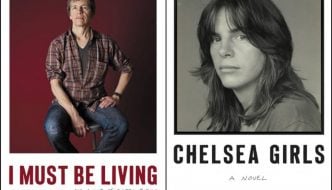
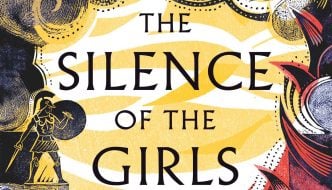
Comments